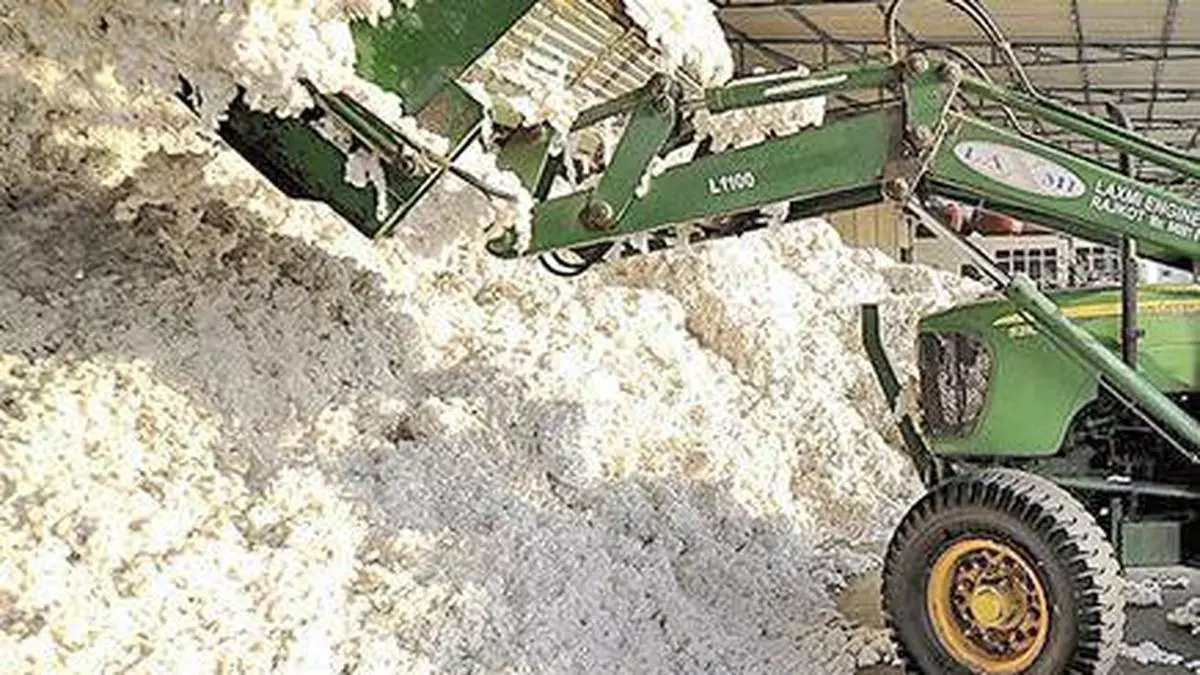Will Govt roll out scheme to promote high density cotton planting?
The high density planting (HDP) system in cotton crop, which has been talked out for past many years, has thrown some interesting results.
According to the results of the pilot project covering 9,000 hectares in 61 districts of 8 states conducted last year, a cotton farmer has been able to generate on an average ₹10,000 additional net income from each acre with an investment of ₹4,000/acre.
As the textile industry has been requesting the Centre to promote the technology, with a new regular minister in the textile ministry, the issue has gained greater focus, sources said. Textile minister Giriraj Singh is keen to scale up the HDP technology for which his ministry may seek some Budget announcements, sources said.
Under the HDP technology, cotton crop is raised with population density ranging between 1.0 to 3.0 lakh plants (45-60 cm between rows and 10 cm between plants) per hectare as against the normal plant population of 0.18 to 0.20 lakh plants (90-120 cm between rows and 60-90 cm between plants) per hectare, according to Nagpur-based Central Institute for Cotton Research (CICR) under the Indian Council of Agricultural Research.
Scientists said that though chances of pest attack will be more in HDP system due to high density of plants per unit area, still it is advisable as new molecules are currently available to control any pest problem.
According Y G Prasad, director of CICR, which had conducted the pilot project in last Kharif season, the project locations were selected for light soils and medium soils where productivity was less than 350 kg lint per hectare.
“In light soils we had seen at least average 26 per cent yield increase. But we are able to shift the yield range from lower to a higher for majority of the farmers. Even 70 per cent of the farmers reported getting 9-10 quintal (in terms of kapas) per hectare yield after adoption of HDP,” Prasad said. At least 2-3 quintal per acre extra yield they got, he added.
The CICR director also said that according to a case study conducted in two rainfed districts involving 60 farmers, about ₹4,000 rupees per acre additional cost was incurred by them in adopting HDP system whereas they received about ₹10,000 per acre additional net income.
Funded by Union Agriculture Ministry, all stakeholders — textile industry, seed industry, research — came together to ensure the success since HDP system has been in practice in many other countries.
Last month, chairman of the Southern India Mills’ Association (SIMA) S K Sundararaman had suggested the government to promote HDP among other things as medium-term measures so that farmers get better returns for their cotton and the industry get raw material at competitive prices.
